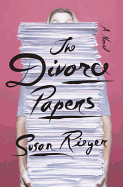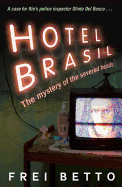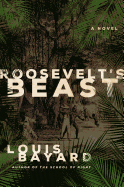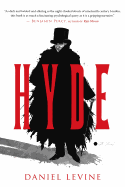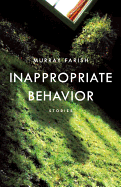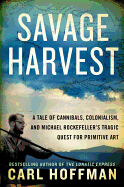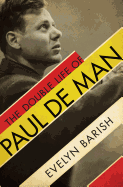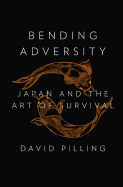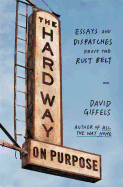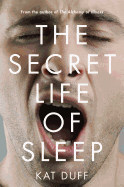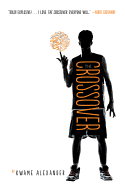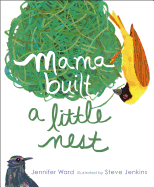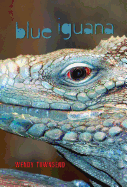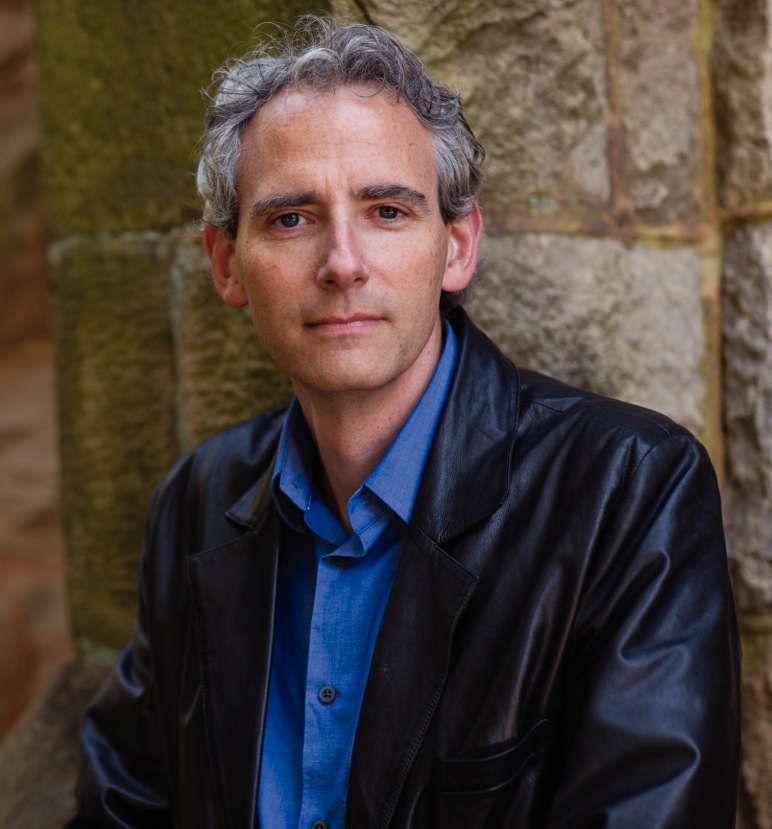 |
| photo: Daniel Addison |
Bruce Holsinger is a fiction writer and literary scholar who teaches at the University of Virginia in Charlottesville, where he lives with his wife and two sons. A rabid soccer dad, Holsinger is a native of Leesburg, Va. He's written several academic books, and his scholarly work has been recognized with a Guggenheim Fellowship as well as research fellowships from the National Endowment for the Arts and the American Council of Learned Societies. Holsinger's debut novel, A Burnable Book (Morrow, February 18, 2014), is set in the alleys and halls of medieval London.
On your nightstand now:
Donna Tartt's The Goldfinch (greatly enjoying it, though I think the Dickens comparisons misrepresent the novel) and A Game of Thrones, the first volume of Song of Ice and Fire, to which I've finally succumbed. I've also been reading Dan Jones's The Plantagenets, which is on my coffee table. Plantagenets and Lannisters have a lot in common.
Favorite book when you were a child:
Grimm's Fairy Tales, in their original, gruesome versions as edited by Louis and Bryna Untermeyer in two thick volumes I devoured several times. How many of us remember that Cinderella's stepsisters cut off chunks of their own feet to fit into the glass slipper? Or that cute little Hansel and Gretel slit the witch's throat? Great stuff.
Your top five living authors:
For crime and thriller, Tana French and Robert Wilson. For historical fiction, Hilary Mantel. For narrative nonfiction, Ted Conover. For overall greatness, Philip Roth.
Your top five dead authors:
Off the top of my head: Geoffrey Chaucer, William Shakespeare, Jane Austen, Anthony Trollope and Charles Dickens--though listing 500 might be easier.
Book you've faked reading:
By day I'm an English professor, so I can't answer this question for fear of losing my job.
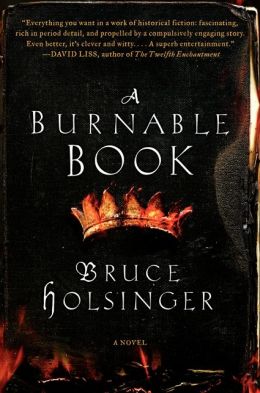 Book you're an evangelist for:
Book you're an evangelist for:
At the moment? Shop Class as Soulcraft by Matthew Crawford. I do a lot of carpentry and repair at home, and this book was a powerful validation of everything my father taught me by example about working with your hands and getting s**t done. I also went through this weird phase in graduate school where I was recommending Scott Spencer's Endless Love to anyone who would listen. Oh, and I never shut up about George Pelecanos and his epic vision of Washington, D.C., through the prism of crime.
Book you've bought for the cover:
Illuminating the End of Time: The Getty Apocalypse Manuscript by Nigel Morgan, picked up at a medieval studies conference last year. On the cover, you'll see the greatest dragon ever, from a manuscript written and illuminated in 13th-century England.
Book that changed your life:
J.R.R. Tolkien's The Hobbit. I trace my obsession with the Middle Ages back to that book, though it was only years later that I learned of Tolkien's own profession as a medievalist (he was a great scholar of Anglo-Saxon and Middle English literature). The movies, by the way, are dreadful adaptations.
Favorite line from a book:
From early in David Copperfield, as David is recounting childhood memories: "I look at the sunlight coming in at the open door through the porch, and there I see a stray sheep--I don't mean a sinner, but mutton--half making up his mind to come into the church." Just sublime. Oh, and also the opening line of Robert Parker's The Godwulf Manuscript: "The office of the university president looked like the front parlor of a successful Victorian whorehouse." Says it all.
Book you most want to read again for the first time:
Hilary Mantel's Wolf Hall. One of the great reading experiences of my life. And for nostalgia, Brown and Hurd's Goodnight Moon.
Favorite books about books:
The People of the Book by Geraldine Brooks, about a medieval manuscript as it moves through history and shapes lives. And Carlos Ruiz Zafón's The Shadow of the Wind, a wonderful story of books within books within books.
Book Brahmin: Bruce Holsinger
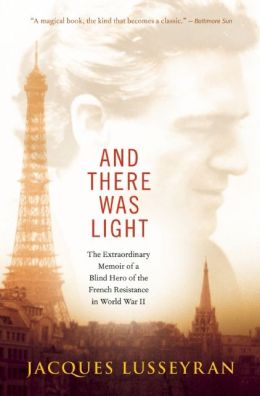




 Book you're an evangelist for:
Book you're an evangelist for: